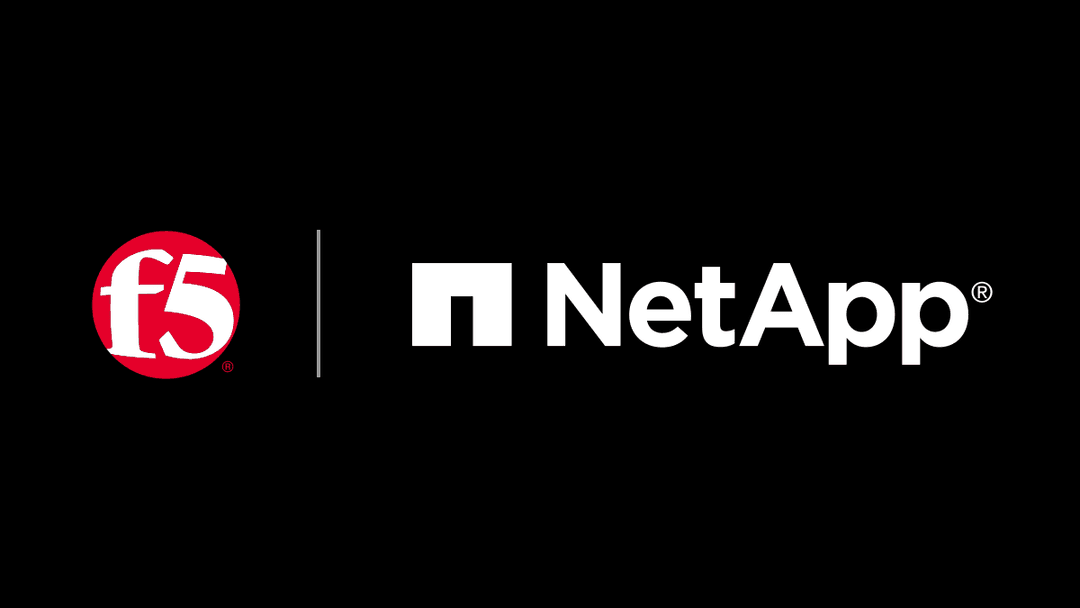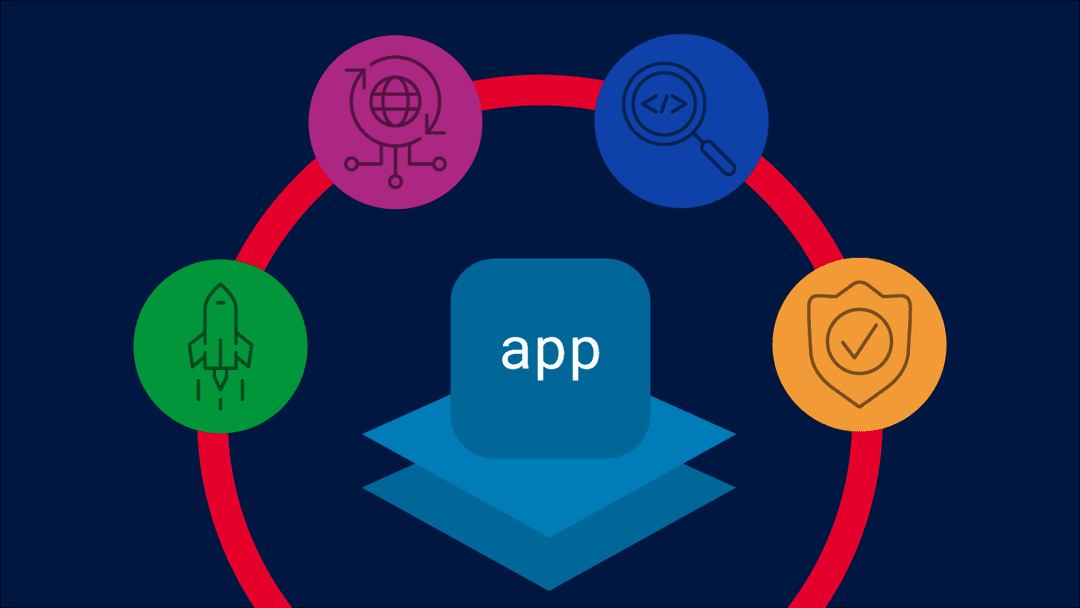5 MIN. READ
Cloud has become a fact of business life. More than 95 percent of companies are using some cloud services to reduce cost, improve their agility, make their business more efficient, or improve their capability to roll out new services to the broadest audience possible.
While Software as a Service in the public cloud already enjoys high adoption rates—nearly 90 percent, according to RightScale—both private and hybrid clouds have enjoyed the greatest gains. Nearly 77 percent of companies use a private-cloud platform—including Infrastructure as a Service and Platform as a Service—while 71 percent use some form of hybrid cloud.
Yet, there is a gulf of pain between using cloud services and successfully using cloud services. Most companies may have a sense of how cloud services are helping their business, but no real evidence that they are operating more efficiently, less expensively, or with greater reach than if they were using on-premises equipment. Businesses do not know whether they have incurred greater technical debt—which will add to costs in the future—or whether they have balanced their cloud checkbook.
Accounting is important to the success of any cloud rollout. The steps may be simple, but not easy.
1. Build metrics
Companies should start by defining where they have been. Most cloud services are not just additive; they are replacing older, on-premises infrastructure. At the same time that businesses save on the capital costs of server and network hardware, their recurring expenses will likely increase. The cost of that infrastructure—measured in any number of ways—is the data that is important to measure.
The easiest way to do this is to determine the problems that are causing the most pain for workers. Once those pain points have been identified, find a way to measure them for the existing infrastructure.
“Accounting is important to success. The steps may be simple, but not easy.”
For instance, often pain is caused by the slow rate at which services are provisioned by the IT department. Measuring the time it takes to provision pre- and post-cloud lets a company know how agile they have become and how their cost to provision has been affected. The reduction in operational expenses—along with capital costs—is another popular reason for moving to the cloud. That can be measured. Finally, the number of users to whom new services are deployed or how quickly you are able to deploy to a new territory can also determine the impact of moving to the cloud.
2. Create models to compare different infrastructures
Because metrics are necessary to compare two different types of infrastructure, companies need to figure out how to measure the data in each case. Figuring out the total expense of a specific application or service needs to take into account the capital expenditures and amortization of technology over time—costs that are included in cloud services operational fees.
Any data collection should be baked into the system so that all measurement is done automatically. This makes comparing metrics something that can be done at the push of a button.
3. Analyze the data and discuss with stakeholders
Any technology management function is a feedback cycle—whether it’s the Six Sigma DMAIC Process (define, measure, analyze, improve, control) or the simpler PDSA Cycle (plan, do, study, act). Once metrics on the efficacy of the cloud service are collected, they need to be analyzed. Are the metrics correctly measuring aspects of value to the business? Are those aspects improving, not changing or worsening?
Each stakeholder should review the findings to develop a plan for the next cycle in the process. If the right data is not being measured, find a way to develop those metrics. If the move to cloud caused expenses to increase, time to provision to lengthen, or fewer workers to be served, then management needs to find a way to fix the issues.
The most important thing to keep in mind is that the benefit of cloud is ongoing. Any move to a cloud infrastructure, platform, or service is not a one-time process, but a journey to improve your business.
Lori MacVittie is a subject matter expert on emerging technology responsible for outbound evangelism across F5’s entire product suite. MacVittie has extensive development and technical architecture experience in both high-tech and enterprise organizations, in addition to network and systems administration expertise. Prior to joining F5, MacVittie was an award-winning technology editor at Network Computing Magazine where she evaluated and tested application-focused technologies including app security and encryption-related solutions. She holds a B.S. in Information and Computing Science from the University of Wisconsin at Green Bay, and an M.S. in Computer Science from Nova Southeastern University, and is an O’Reilly author. MacVittie is a member of the Board of Regents for the DevOps Institute, and an Advisory Board Member for CloudNOW.
About the Author

Related Blog Posts

AppViewX + F5: Automating and orchestrating app delivery
As an F5 ADSP Select partner, AppViewX works with F5 to deliver a centralized orchestration solution to manage app services across distributed environments.

Build a quantum-safe backbone for AI with F5 and NetApp
By deploying F5 and NetApp solutions, enterprises can meet the demands of AI workloads, while preparing for a quantum future.

F5 ADSP Partner Program streamlines adoption of F5 platform
The new F5 ADSP Partner Program creates a dynamic ecosystem that drives growth and success for our partners and customers.
F5 NGINX Gateway Fabric is a certified solution for Red Hat OpenShift
F5 collaborates with Red Hat to deliver a solution that combines the high-performance app delivery of F5 NGINX with Red Hat OpenShift’s enterprise Kubernetes capabilities.
F5 Silverline Mitigates Record-Breaking DDoS Attacks
Malicious attacks are increasing in scale and complexity, threatening to overwhelm and breach the internal resources of businesses globally. Often, these attacks combine high-volume traffic with stealthy, low-and-slow, application-targeted attack techniques, powered by either automated botnets or human-driven tools.
Phishing Attacks Soar 220% During COVID-19 Peak as Cybercriminal Opportunism Intensifies
David Warburton, author of the F5 Labs 2020 Phishing and Fraud Report, describes how fraudsters are adapting to the pandemic and maps out the trends ahead in this video, with summary comments.
